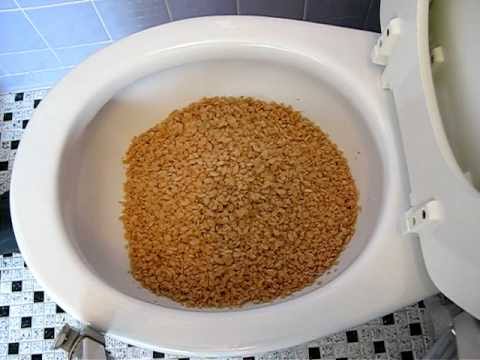Can You to Dispose of Food Down the Toilet?
Can You to Dispose of Food Down the Toilet?
Blog Article
Just how do you feel when it comes to Is it safe to flush food (especially rice) down the toilet??

Intro
Many individuals are frequently faced with the predicament of what to do with food waste, especially when it pertains to leftovers or scraps. One common inquiry that arises is whether it's okay to purge food down the commode. In this write-up, we'll delve into the reasons people may take into consideration purging food, the effects of doing so, and different techniques for correct disposal.
Reasons people could think about flushing food
Lack of understanding
Some people might not recognize the potential damage brought on by flushing food down the bathroom. They might erroneously think that it's a harmless method.
Ease
Purging food down the toilet may seem like a fast and easy option to dealing with unwanted scraps, specifically when there's no close-by garbage can available.
Laziness
In some cases, individuals may merely select to flush food out of sheer laziness, without thinking about the effects of their actions.
Consequences of flushing food down the bathroom
Ecological influence
Food waste that winds up in waterways can contribute to pollution and injury aquatic ecological communities. Additionally, the water used to purge food can strain water resources.
Plumbing problems
Purging food can bring about clogged pipes and drains pipes, causing pricey pipes fixings and hassles.
Kinds of food that need to not be purged
Coarse foods
Foods with coarse appearances such as celery or corn husks can obtain tangled in pipes and create blockages.
Starchy foods
Starchy foods like pasta and rice can absorb water and swell, leading to clogs in pipelines.
Oils and fats
Greasy foods like bacon or food preparation oils ought to never be flushed down the toilet as they can strengthen and trigger clogs.
Proper disposal approaches for food waste
Using a garbage disposal
For homes outfitted with garbage disposals, food scraps can be ground up and flushed through the plumbing system. Nonetheless, not all foods are suitable for disposal in this manner.
Recycling
Specific food product packaging materials can be reused, lowering waste and reducing ecological effect.
Composting
Composting is a green way to deal with food waste. Organic products can be composted and utilized to enrich soil for gardening.
The significance of appropriate waste administration
Reducing environmental injury
Correct waste management techniques, such as composting and recycling, aid decrease contamination and preserve natural deposits for future generations.
Protecting pipes systems
By avoiding the practice of flushing food down the commode, homeowners can avoid pricey plumbing repair services and keep the stability of their plumbing systems.
Verdict
To conclude, while it might be tempting to flush food down the toilet for benefit, it is essential to comprehend the potential consequences of this activity. By embracing proper waste monitoring practices and throwing away food waste sensibly, people can contribute to healthier plumbing systems and a cleaner environment for all.
FLUSH FOOD DOWN THE TOILET?
FLUSHING FOOD CAN CAUSE BLOCKED DRAINS IN YOUR HOME
All of the plumbing fixtures in your home are connected to the same sewer pipe outside of your home. This outdoor sewer pipe is responsible for transporting all the wastewater from your home to the Council sewer mains. Even small pieces of food that go down the kitchen sink can cause problems for your sewer. It should therefore be obvious that flushing larger bits of food, such as meat, risks a clog in either the toilet itself or the sewer pipes. Flushing greasy food is even more problematic because oil coagulates when it cools, coating the interior lining of your pipes.
THE TOILET IS NOT A BIN
Food isn’t the only thing that people shouldn’t be flushing down the toilet. People use the toilet to dispose of all kinds of things such as tampons, makeup wipes, dental floss, kitty litter and even underwear. Water goes to great lengths to educate residents about the high costs and stress placed on wastewater treatment systems simply from people flushing the wrong stuff down the toilet. It costs taxpayers millions of dollars each year, and homeowners thousands in blocked drain repairs.
FLUSHING FOOD IS A WASTE OF WATER
Flushing food is a waste of our most precious resource - water. In June this year Level 1 water restrictions were introduced to protect water supply from drought conditions. Much of New South Wales continues to be affected by prolonged drought with recent figures revealing up to 97 per cent of the state remains in drought. Depending on whether you have a single or dual flush toilet, every single flush uses between five and 11 litres of water. In the current climate this is a huge amount of water to be wasting on flushing food that should be placed in the bin (or better yet, the compost).
https://www.jabplumbingsolutions.com.au/blog/can-you-flush-food-down-the-toilet

As a person who reads on Flushing Food Down the Toilet?, I figured sharing that piece of content was a good idea. Do you know somebody else who is fascinated by ? Please feel free to share it. Thank-you for going through it.
More Details Report this page